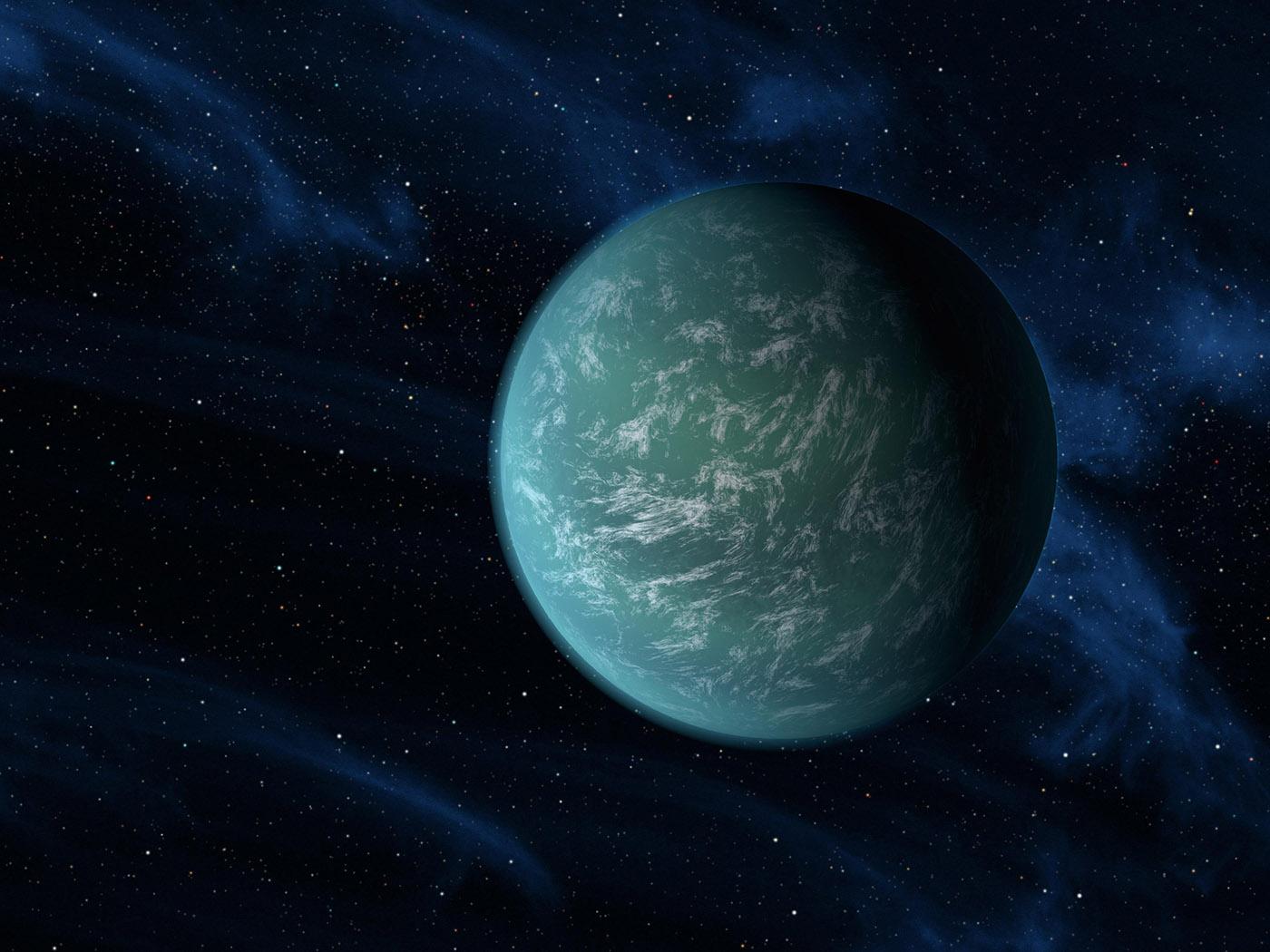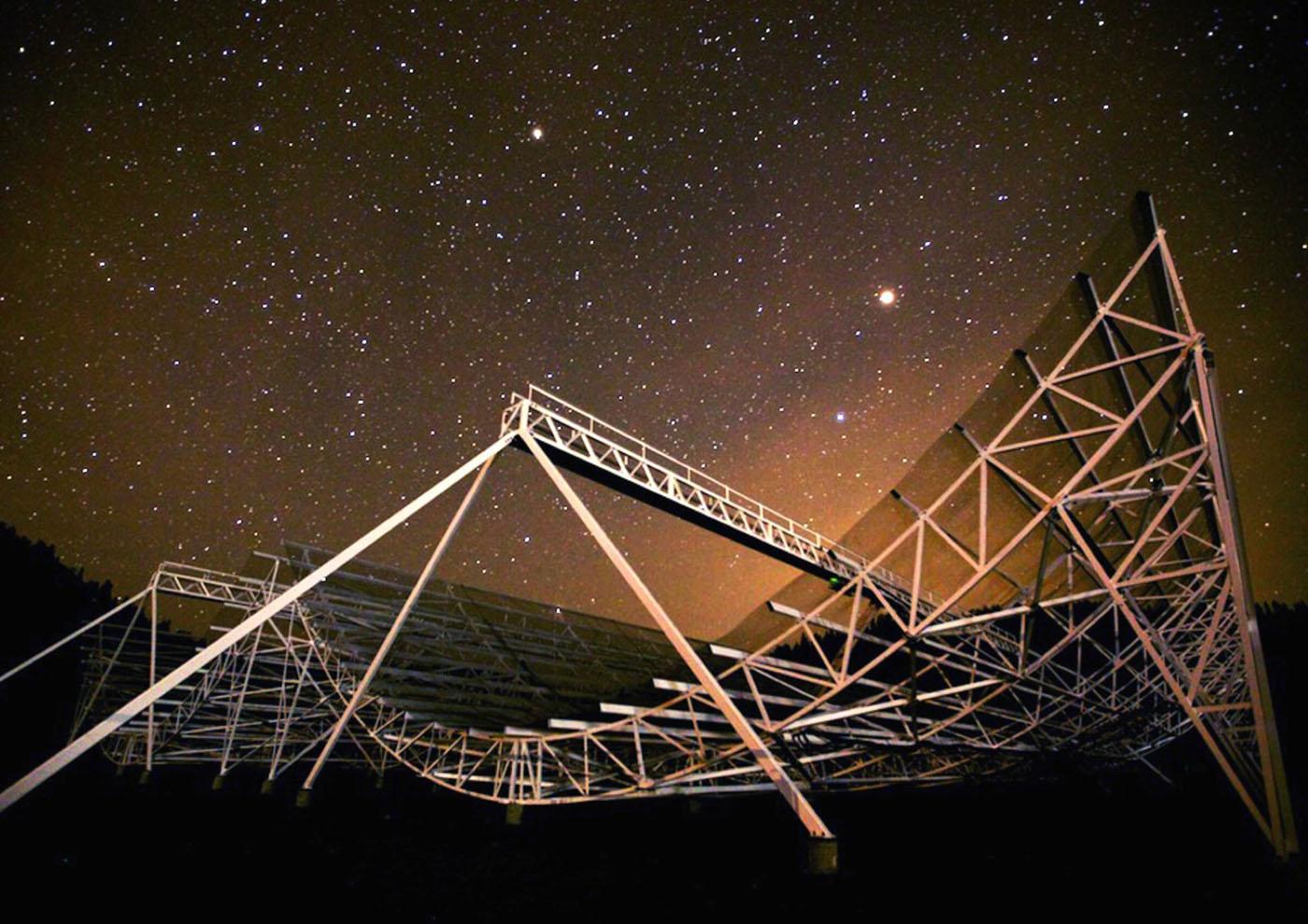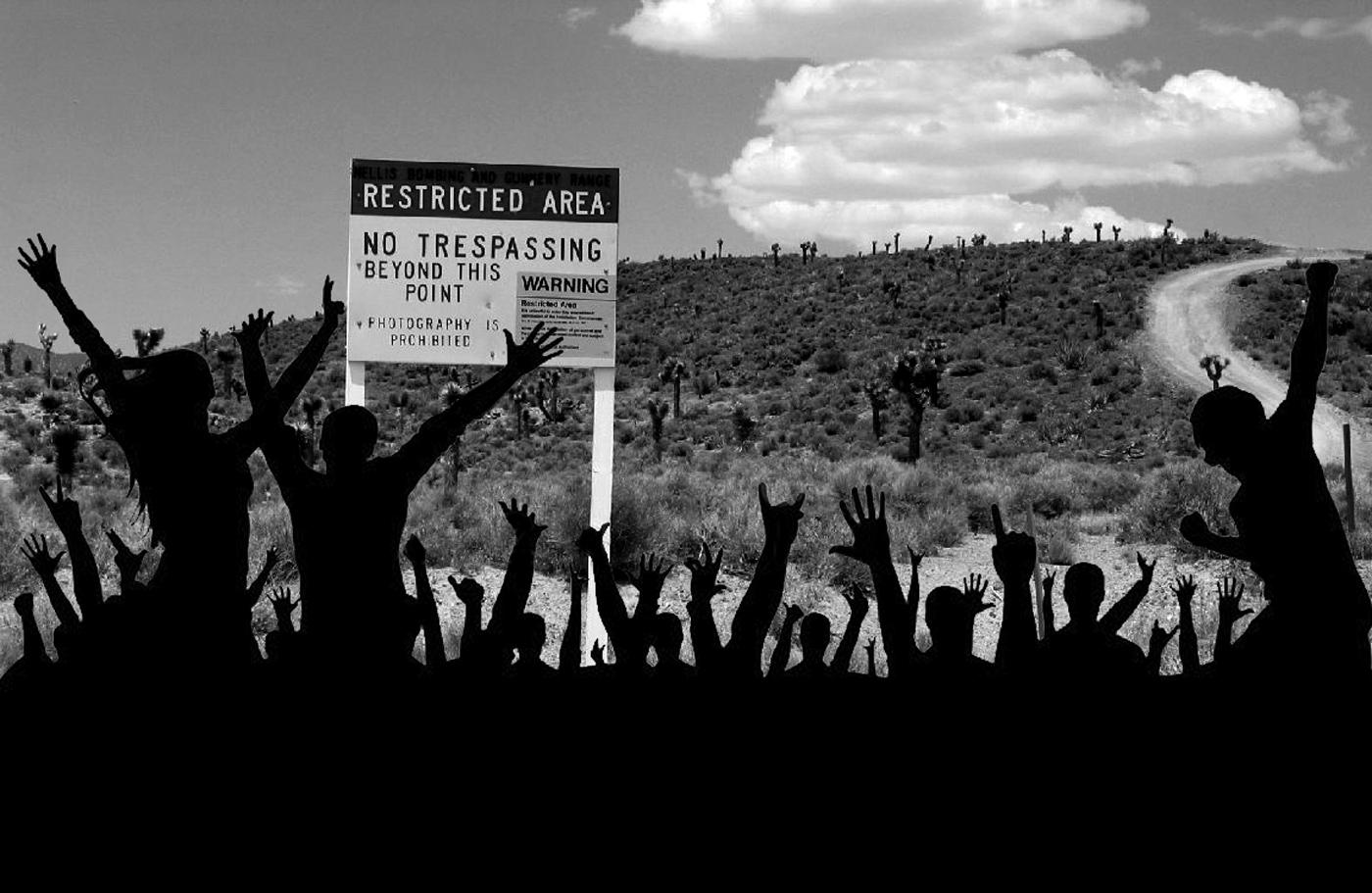
The SETI Institute asks big questions: What is life? How does it begin? Are we alone?
Nathalie Cabrol, Director of the Carl Sagan Center at the SETI Institute, challenges us to think deeper and to question our assumptions in a recent piece for Scientific American. "Science is without a doubt increasingly better at characterizing what life does with each passing day," said Cabrol. "But brings comparatively fewer advances to the identification of what life is and how it originates." She suggests the limits we place on the nature of life could end up limiting exploration and research:
Too often, we overlook our limitations, not nature, generate isolating boxes, definitions and boundaries.
With time, the boxes become the entire landscape when they were meant to be pieces of a puzzle that connect.
A multidisciplinary approach to understanding the nature of life by "bridging biology, neuroscience, cosmology, and quantum physics," is needed to observe the universe in its totality.
- Scientific American: The Quantum of Life?
- SETI.org: 100 Years of the IAU: Beyond the Galileo Experiment
- SETI.org: Nathalie Cabrol - Overcoming the Odds and her Search for Life on Mars
- SETI.org: Nathalie Cabrol and NAI Team Return from Field Expedition to Chile
 Understanding Fast Radio Bursts
Understanding Fast Radio Bursts“Just when you think you’ve cataloged all the beasts of the cosmos, a new one howls to us from the celestial savanna," remarked Seth Shostak, Senior Astronomer at the SETI Institute. From the depths of space, these mysterious high-energy radio pulses have perplexed scientists since their discovery in 2007. Researchers think FRBs originate from some extremely energetic events. But their short duration (merely a few milliseconds, sometimes less) implies that their sources are smaller than typical stars. Cosmic collisions could explain some FRBs, but not all: some appear only once, while others have been shown to repeat at regular intervals.
Though their origin remains unknown, the Canadian Hydrogen Intensity Mapping Experiment (CHIME) telescope recently discovered eight new repeating FRBs. Continuing studies from this discovery may hold the key to understanding their origins. Shostak is confident that these newly discovered FRBs in particular are "game-changers." He noted, "the drama of the FRBs is about to enter its second act, and I dare say that two years from now FRBs will be just another critter in the cosmic zoo.”
- NBC News MACH: Fast radio bursts from space have baffled scientists for years. But an explanation may come soon.
- SETI.org: New Fast Radio Burster: Why the Excitement?
- SETI.org: Artificial Intelligence Helps Find New Fast Radio Bursts
 Protecting Life on Other Worlds
Protecting Life on Other WorldsAs humans explore space – both with human-crewed missions and uncrewed spacecraft – practical and ethical questions arise. How will we make sure any microbial life found on another world isn't just some bacterial stowaways from Earth? Further, is exploration worth the risk of harm to any extraterrestrial life we might discover, even if it's only microbes? For decades experts have wrestled with these questions. While several treaties have emerged, more work remains. Remarking on the 2019 Outer Space Treaty, John Rummel, Senior Scientist at SETI Institute, told Astronomy Magazine, “the treaty has no enforcement provisions.” Rummel thinks the key to shaping future policies hinges on the question of whether extraterrestrial life exists on other worlds:
"The answer to that question will govern whether we learn anything about life in space, whether there is a competing value in the scientific exploration of an unexploited planet that may supersede common resource-extraction pursuits such as mining, or whether it is safe to take tourists to a place and then return them to Earth's biosphere," he said.
Until we know for sure, he adds, “What will speak most clearly and loudly is data. Look for organisms and look hard.”
- Astronomy Magazine: If we find alien life, can we avoid harming it?
 September “Storm Area 51” Date Looms
September “Storm Area 51” Date LoomsIt started as an internet prank, but after going viral, Nevadans are bracing for a veritable invasion. "Storm Area 51, They Can't Stop All of Us" was intended as a humorous poke at the United States Air Force (USAF) facility known as Area 51. But the innocently cheeky Facebook post started to gain traction – now more than 2 million people have declared their intent to "storm" the highly-classified military base. Area 51 became notorious for the extreme secrecy surrounding its activities. Rampant speculation of secret evidence of extraterrestrial visitors (USAF says it is a training range) persists.
Speaking to CNN, SETI Institute’s Senior Astronomer, Seth Shostak, weighed in on the wild claims of a hidden storehouse proving the presence of aliens on Earth:
“Clearly there are aliens out there, I think that’s a pretty strong argument,” said Seth Shostak, Senior Astronomer, SETI, “But we don’t have the proof of that and I don’t think it’s stocked up in southern Nevada, honestly I don’t.”
The man who created the viral Facebook post, Matty Roberts, has stated he is trying to turn the event into a music festival instead.
- CNN: Nevada’s Area 51 braces for earthling invasion
- SETI.org: Storming Area 51
Big Picture Science
In last week’s episode, learn why the kilogram was redefined and how increasingly precise measures are changing how we quantify just about everything in For Good Measure. In our previous week’s episode, take a close look at so-called "brain-enhancing" video games, exercises, and supplements in an encore of Skeptic Check: Brain Gain.
Last time on Facebook Live, SETI Institute Senior Director of STEM Simon Steel talked to Research Scientist Pablo Sobron about his new project to explore hydrothermal vents off the coast of Oregon. Videos of all past Facebook Live events are on our Facebook page: https://www.facebook.com/SETIInstitute/





